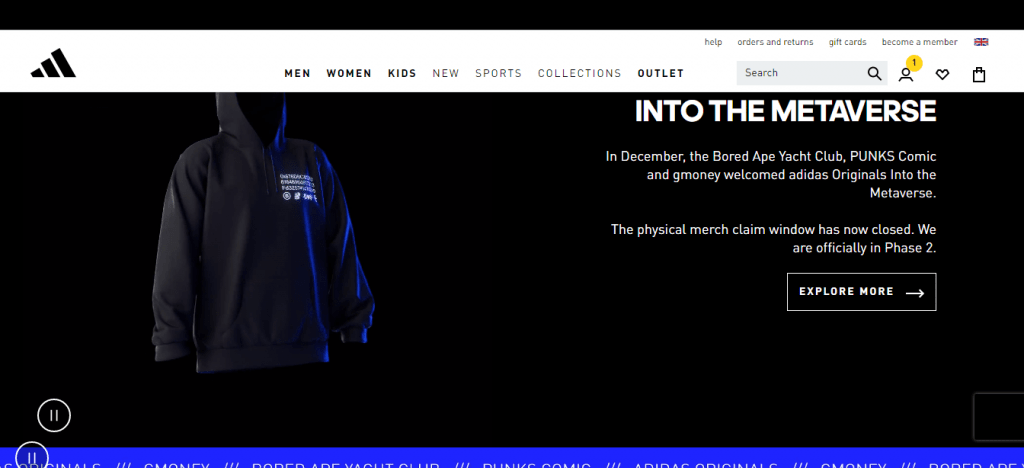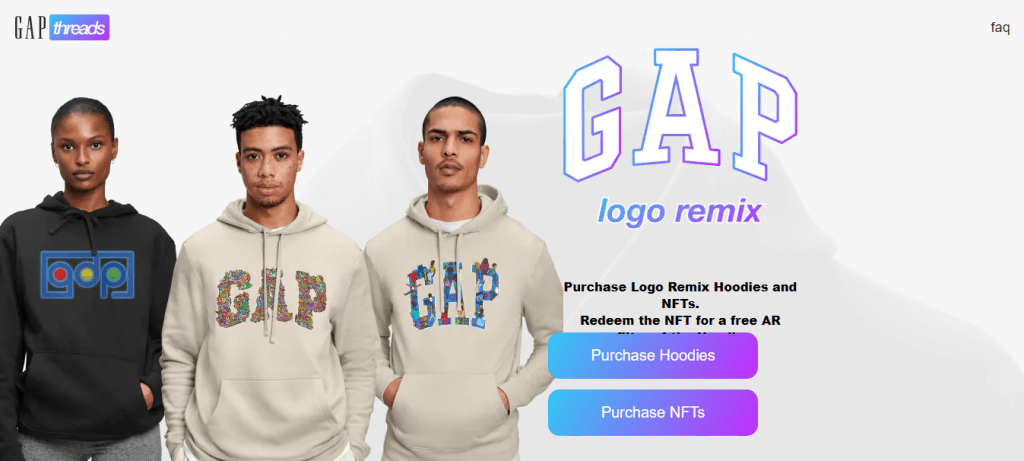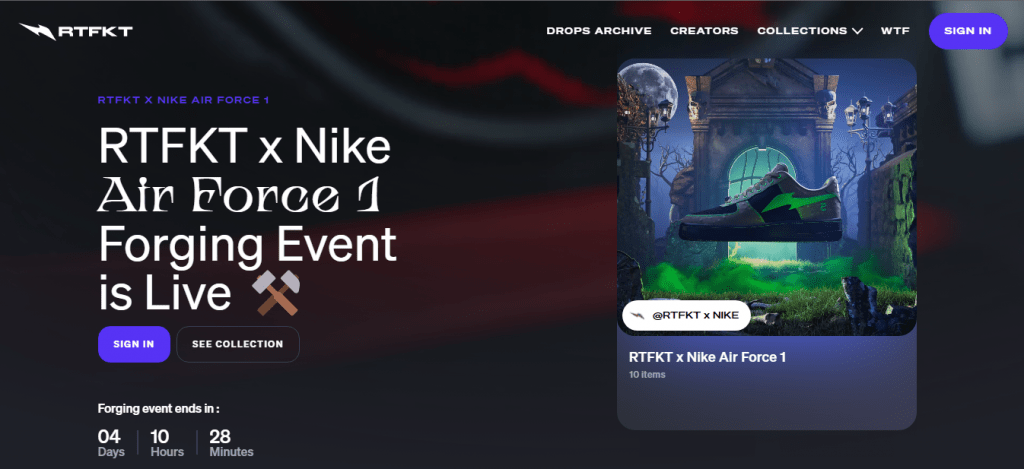What are physical NFTs? How to sell physical items as NFTs
Non-fungible tokens (NFT) continues to grow in popularity, making it difficult to escape the phenomenon. When NFTs make their way to the mainstream, they come in the form of digital art, fashion, music, and the metaverse. However, physical NFTs also create space.
So, what exactly is a physical NFT? Is there a way to sell physical goods as NFTs? Let’s find out.
What are physical NFTs?
NFTs are linked to the art world and are also issued and sold as a virtual representation of off-chain assets, which include antiques, consumer goods and collectibles. However, physical NFTs act as a cryptographic token of ownership over a physical object for the buyer. This happens when the buyer wants a physical version of the NFT. A physical NFT is a non-fungible token linked to a physical asset.
They use blockchain to verify a physical item’s ownership, authenticity and scarcity. They are unique symbols that represent everything from a painting to a pair of shoes. In this way, collectors can own and trade physical objects as digital assets.
Since physical NFts are linked to assets in the real world, they are also known as phygital NFTs. And as with all other NFTs, physical NFTs can also be redeemed exclusively or redeemed for the physical asset they are linked to.
How do physical NFTs work?
In most cases, a physical NFT consists of two parts: one refers to the physical asset, and the other implies that the digital asset has been issued on a blockchain. The physical assets are usually linked to a corresponding unique identifier, including a QR code or an NFC (near field communication) code.
Additionally, physical NFTs help authenticate non-fungible tokens and are useful in supply chain management. With traceability and a certificate for blockchain technology, it becomes easier for physical NFTs.
Advantages of physical NFTs
- NFT resources and projects are essential in the crypto industry. With physical NFTs, apart from enhancing a person’s fundraising experience, they also serve specific purposes that no other token does.
- They add a layer of transparency – They can add a layer of authenticity, as they are connected to tangible artworks and collections. These purchases must have a unique QR code programmed to authenticate the physical object.
- It has a wider target market reach – the current market is digitally inclined. As such, combining NFTs with physical counterparts is likely to appeal to them and a wider demographic.
- They help to avoid the spread and use of counterfeit products – A physical NFT provides additional protection against counterfeit products that consumers purchase. Material objects have a traceable history that is stored in chips or QR codes.
Some examples of physical NFTs
Some brands manage to create very successful campaigns with physical NFTs. Here are the best physical NFT campaigns making serious waves.
1. Adidas- Into the Metaverse

In 2021, Adidas, the German sportswear company, made its way into the world of the metaverse. This came by posting an NFT collaboration with the famous Bored Apes Yatch Club. 30,000 Adidas original NFTs were posted and sold out within minutes of the public launch.
In 2022, the company presented a fusion of digital and physical goods. When holders claim a physical product, their NFT is burned. In return, they receive a physical product and a replacement NFT with an increased phase number. Physical NFTs come as a great opportunity for Adidas.
2. Space

In 2022, retail giant GAP launched its first NFT collection. For the release, the fashion brand launched an NFT hoodie that unlocks physical clothing. As the first straw, GAP collaborated with Brandon Sines, the artist behind the Frank Ape comic. The collection is hosted on the Tezos blockchain, which uses an energy-efficient algorithm.
3. RTFKT

RTFKT creates the next generation of sneakers and collectibles for the metaverse. In addition to creating some of the craziest fare on digital art, the meta brand is always pushing the boundaries of what’s already out there and making every drop a unique experience.
How to sell physical commodities as NFTs
Step 1: Select the physical goods you want to sell as an NFT. It can be anything from a painting to a rare pair of sneakers. The key is to ensure that the items are unique and have value.
Step 2: Create a digital version of the physical item. It can be a photograph, a 3D model or a video. The digital version will be used as a representation of the physical object on the blockchain.
Step 3: Mint NFT. Minting NFT means creating a unique token on the blockchain that represents the ownership of the physical commodity. Various NFT marketplaces allow you to create NFTs, including OpenSea, Rarible, and Nifty Gateway.
Step 4: Add metadata, which is the information about the physical item, such as title, description, and image. The data is stored on the blockchain and used to provide additional context about the NFT.
Step 5: Verify ownership and authenticity. This can be done by including a certificate of authenticity or a blockchain-based certificate of ownership. It proves that the physical object is authentic and connected to the NFT.
Step 6: Sell NFT on any NFT marketplace or through a private sale. Be sure to release information about the physical item, including its condition, provenance, and history.
Final thoughts
Blockchain technology and web3 continue to evolve. As such, physical NFTs have the potential to seamlessly bridge our digital and physical lives by changing how we interact with real-world objects. Physical NFTs offer a whole new world of possibilities, whether you want to add a unique piece of art to your collection or are interested in investing in a new asset class.
With the launch of some high-profile platforms and initiatives, we can see that this is just the beginning.

Vincent Munene is a freelance writer and a big blockchain enthusiast. Blockchain has changed his life in terms of financial freedom and in return he enjoys educating people and keeping them updated on all things blockchain. He is a biochemist by profession and also loves to play the piano.


